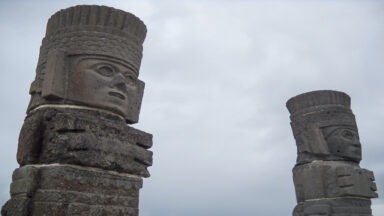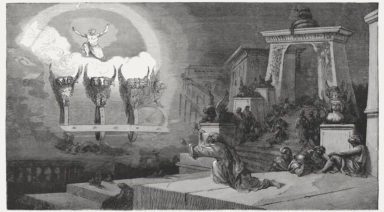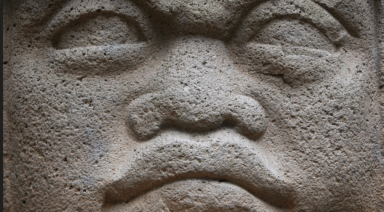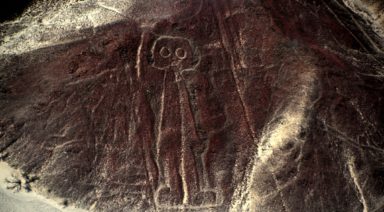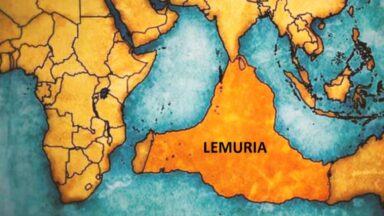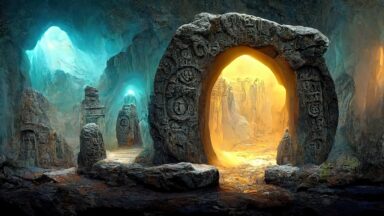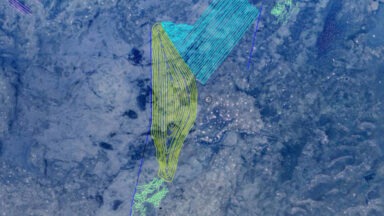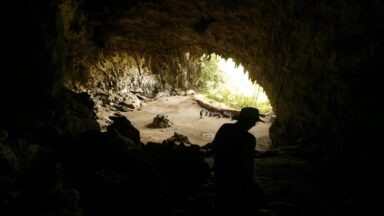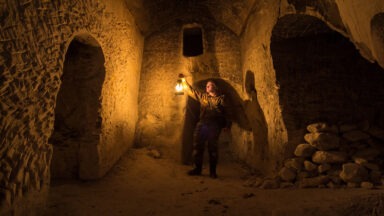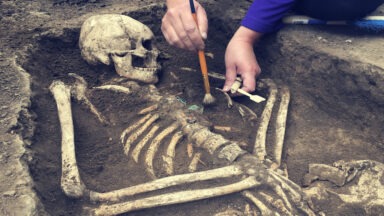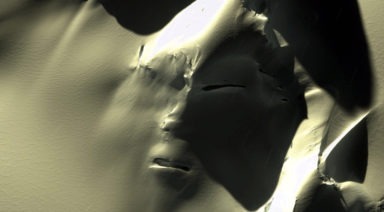Who Built the Great Sphinx?
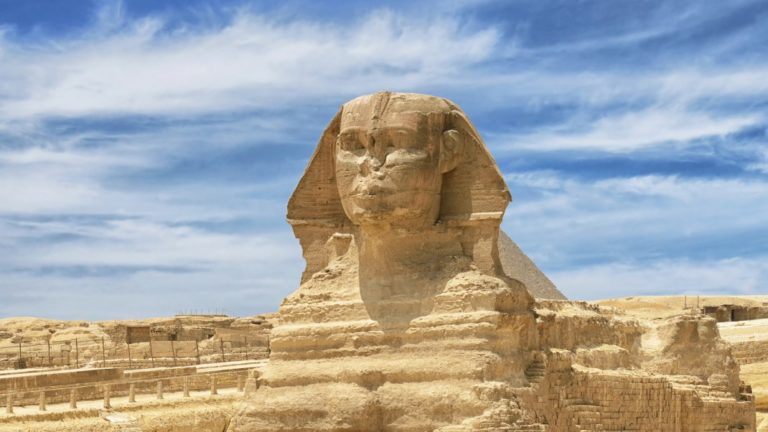
The Great Sphinx is an iconic piece of history that’s just as remarkable as it is mysterious. From its enormous size to its intricate detail, it’s nothing short of an astounding architectural feat.
Who built the Great Sphinx and why? How, exactly, was such a large-scale and magnificent structure constructed? What is the significance of the Sphinx — a mythical creature with a lion’s body and a human face?
While there are plenty of questions, one thing is certain: The Great Sphinx offers no shortage of details to explore.
Mystery of the Sphinx
The Great Sphinx in Giza, a city in Egypt that features other prominent monuments such as the Great Pyramids, measures 66 feet high and 240 feet long. It is, by far, the largest sculpture of the ancient world. It is made of various blocks of limestone that weighed up to 200 tons each.
Scholars have long held the belief the Sphinx was constructed for the Pharaoh Khafre, who reigned from approximately 2,520 to 2,494 BC. This could explain why the Sphinx seems to align geographically with the Pyramid of Khafre, where the pharaoh himself is buried, and a temple, which is located due east from the statue.
In contrast, some Egyptologists theorize the Sphinx was actually built by Khafre’s father, [King Khufu]http://www.guardians.net/egypt/sphinx/), or Khafre’s brother, Djedefre.
However, the age of the Sphinx is still up for debate, and a growing body of evidence suggests it may be even older than once thought — so old, in fact, the Sphinx may not have been constructed by the Egyptians.
Weathering
Researchers such as John Anthony West and R.A. Schwaller de Lubicz observed signs of weathering due to rainfall on the Sphinx, dating the construction of this marvel to the end of the last Ice Age, about 10,000 to 5,000 BC. While some weathering due to wind erosion is to be expected over the course of such a long time period, this particular type of weathering suggests the Sphinx was constructed at a time in which Egypt was not such a dry, barren environment.
Geologists confirmed that long, long ago Egypt was subjected to a period of flooding. During this period, the Sphinx was most likely covered in sand, which would have preserved its construction and protected it from wind erosion for many years. This is further supported by Napoleon’s rediscovery of the ancient structure in 1798, in which the Sphinx was buried up to its neck in sand.
Lion Symbolism
The Sphinx is depicted as a lion with a human head, which some speculate is a tribute to the constellation of Leo. However, it’s also curious to note the Sphinx and its alignment with the Giza pyramids and the Nile River closely mirror the orientation of Leo, Orion, and the Milky Way.
Graham Hancock and Robert Bauval, the researchers who made this observation, state this pattern represents the orientation of the aforementioned celestial bodies during the astrological Age of Leo, which occurred between the dates 10,970 and 8810 BC.
Who Really Built the Sphinx?
Longstanding theory suggests slaves built the Sphinx and the Great Pyramids using some sort of pulley system.
However, all of the aforementioned factors and more lead some to believe the Great Sphinx may have actually not been constructed by the Egyptians at all.
Zecharia Sitchin, a prominent ancient astronaut theorist, hypothesized the Annunaki constructed the Sphinx. These intelligent beings allegedly built the structure in a precise geographical location close to where they purportedly had spaceports on Earth. The alignment of the Sphinx and the Great Pyramids also mirrors that of pyramid-like structures found on Mars, possibly suggesting Giza served as a landing strip for spacecraft.
During a quest to discover the actual age of the Sphinx, John Anthony West and his team uncovered more than they had initially anticipated. Several underground cavities and tunnels were discovered beneath the structure, including a large chamber some 25 feet beneath the statue’s front paws. This is another piece of evidence that correlates to the Annunaki, who allegedly built sprawling underground structures and dwellings.
So who really built the Sphinx? No one can be completely sure, but there is certainly no shortage of fascinating details to explore and examine.
Want more like this article?
Don’t miss Ancient Civilizations on Gaia to journey through humanity’s suppressed origins and examine the secret code left behind by our ancestors.
The Epic Showdown Between Atlantis and Lemuria

Since Plato first mentioned the existence of an ancient land that once served as the hub of a great civilization, people have been intrigued by Atlantis—an alleged civilization of advanced people who descended from the stars.
Through the centuries, researchers have not only been driven to find where Atlantis once existed, but also its connection to unseen forces, distant civilizations, and a seat of wisdom now buried beneath the ocean. Thanks to the memories of Matias De Stefano, an indigo child who remembers his past life in the Atlantean colony of Khem, we can take an even closer look at this lost civilization.
Matias reveals the real nature of Atlantis and its historical connection with the Mu people, a species whom he refers to as the Alithir. This civilization has also been referred to in history as the Lemurian civilization. Lemuria has been thought to be a lost continent of the Pacific that was once an exotic paradise. Lemuria is front and center in an epic confrontation with the ancient empire of Atlantis across the globe, having left a lingering impression upon our modern world, and even influencing the way we live today.
Approximately 50,000 years ago the Alithir, also called the Angels of the Sea, made their home in the Pacific, where billions of years ago, the moon crashed into the Earth, creating the massive crater. The crash opened a powerful portal on the planet and attracted otherworldly beings to settle on Earth.. That territory was within the area that triangulates Hawaii to the north, New Zealand to the west, and Easter Island to the east. From there, the Alithir settled four main portals in North America, South America, Australia, and Asia, where the four largest deserts on earth existed.
Matias says the main preoccupation of the Alithir was to work with our planet’s water to connect the vibrations of Earth and all beings as one consciousness. As more civilizations came through the portals, they set out to rule with different agendas. Early on, the Sirius people arrived to organize the Kundalini energy of the planet and raise the vibrations of all beings.


